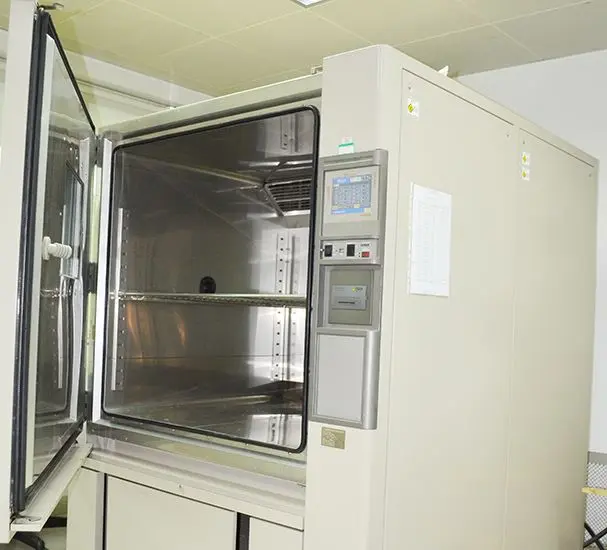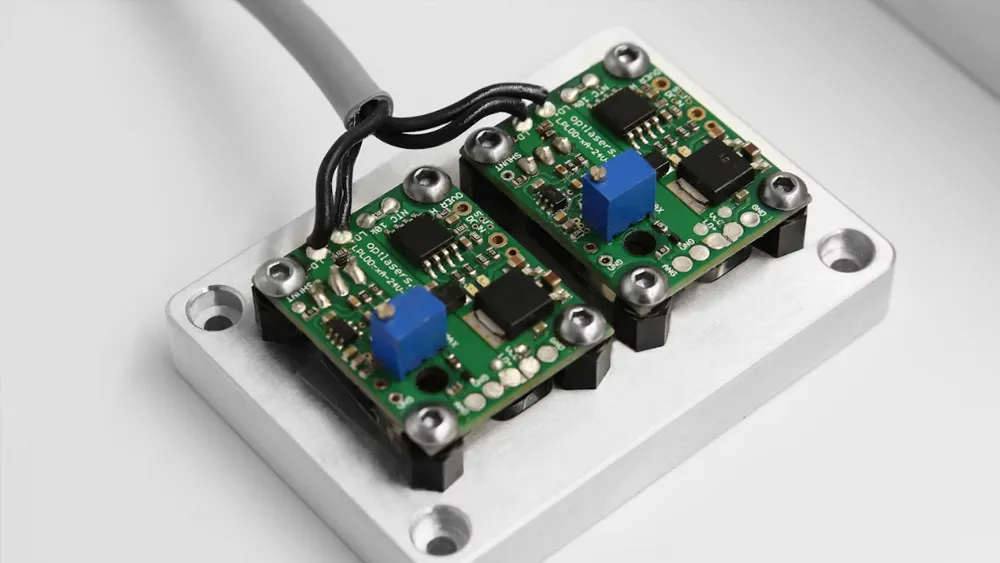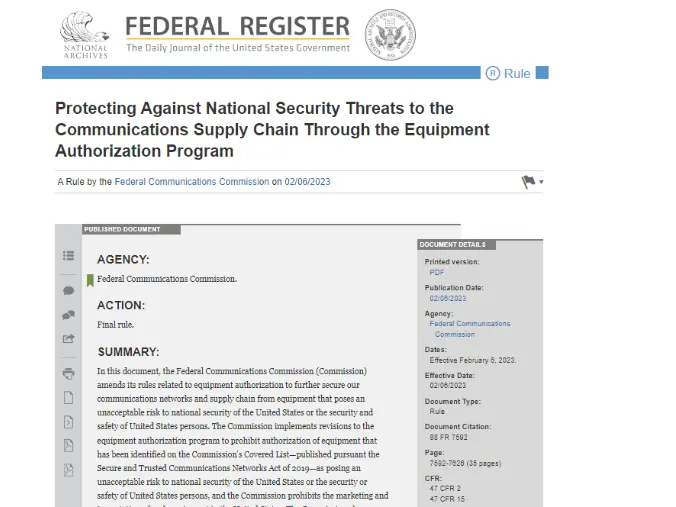
RoHS Compliance for Medical Devices
After years of development, China’s medical device industry has gradually transformed from being a major consumer to becoming a major manufacturer and exporter. The European Union (EU) is one of the main export destinations for China’s medical device products. To meet the needs of the unified market, the EU has issued mULtiple directives governing medical devices. Over the past five years, there have been nearly 1,000 adverse incident reports annually. Regarding hazardous substances, medical devices must comply with the EU RoHS Directive before they can be placed on the EU market.

Key questions that exporters often raise include:
- Which medical devices fall under the scope of EU RoHS regulation?
- Are the four phthalates already under mandatory control?
- Are there any exemptions?
- What are the high-risk materials?
JJR helps you answer these questions.
Which Medical Devices Fall Under the Scope of EU RoHS?
Medical devices that meet the definition of electrical and electronic equipment fall under EU RoHS (excluding active implantable medical devices). According to RoHS, electrical and electronic equipment refers to devices that depend on electric current or electromagnetic fields to operate, as well as those that generate, transmit, or measure current and electromagnetic fields, provided that their rated voltage does not exceed 1,000 volts AC or 1,500 volts DC.
Restricted Substances for Medical Devices
On March 31, 2015, the EU Official Journal published Directive (EU) 2015/863, amending Annex II of 2011/65/EU. The restricted substances list was expanded to 10 substances. From July 22, 2021, all medical devices placed on the EU market must comply with RoHS 10requirements:
- Lead (Pb)
- Mercury (Hg)
- Cadmium (Cd)
- Hexavalent Chromium (Cr(VI))
- Polybrominated Biphenyls (PBB)
- Polybrominated Diphenyl Ethers (PBDE)
- BIS(2-ethylhexyl) phthalate (DEHP)
- Dibutyl phthalate (DBP)
- Benzyl butyl phthalate (BBP)
- Diisobutyl phthalate (DIBP)
The Newly Added Four Phthalates: Hazards and Applications
Hazards:
These substances may damage unborn children, impair fertility, and disrupt the human hormonal system. They particularly affect male sexual development, potentially leading to infertility in adulthood.
Applications:
Primarily used as plasticizers in medical device coatings, wire insulation, packaging, and other parts made from plastics or rubber.
Exemptions for Medical Devices
Medical devices can apply the exemptions listed in Annex IIIof the EU RoHS Directive, as well as Annex IV, which provides exemptions specifically for medical devices and monitoring and control instruments.
High-Risk Substances and Materials in Medical Devices
For medical devices, high-risk substances include lead, cadmium, hexavalent chromium, and phthalates (DEHP, DBP, BBP, DIBP). While some materials may exceed RoHS limits, exemptions may apply. Thus, even materials with higher concentrations of hazardous substances can still be consideRED compliant under certain conditions.
- Lead (Pb)
- Risk level:High
- High-risk materials:Plastics, coatings, inks, metals, glass, ceraMICs, magnetic materials, solder, PCB, components, paper, textiles
- Cadmium (Cd)
- Risk level:High
- High-risk materials:Plastics, coatings, metals, glass, ceramics, components, paper, textiles
- Hexavalent Chromium (Cr(VI))
- Risk level:High
- High-risk materials:Plastics, coatings, inks, foams, textiles, paper, metal plating, glass, ceramics
- Polybrominated Biphenyls (PBB) and Polybrominated Diphenyl Ethers (PBDE)
- Risk level:Medium
- High-risk materials:Plastics, foams, textiles
- Phthalates (DEHP, DBP, BBP, DIBP)
- Risk level:High
- High-risk materials:Plastics, coatings, inks, paper, textiles, glass
For medical devices, the EU RoHS Directive requires that products placed on the market after July 22, 2021comply with all 10 restricted substances. While monitoring hazardous substance content is essential, companies must also keep track of updates to material-specific exemptions. This ensures that medical devices can successfully enter the EU market while remaining compliant with RoHS requirements.
Email:hello@jjrlab.com
Write your message here and send it to us
 What are ASTM F963 and CPSIA?
What are ASTM F963 and CPSIA?
 Comparison of ASTM F963 and EN 71
Comparison of ASTM F963 and EN 71
 How to get CSA C22.2 NO.256:14 Test Report?
How to get CSA C22.2 NO.256:14 Test Report?
 How much is the ISTA Amazon Packaging & Shippi
How much is the ISTA Amazon Packaging & Shippi
 Amazon Product Laboratory Testing Requirements
Amazon Product Laboratory Testing Requirements
 How to Get EPA Certificatio
How to Get EPA Certificatio
 What is EPA Certification in the United States?
What is EPA Certification in the United States?
 What is an FCC Registered Agent?
What is an FCC Registered Agent?
Leave us a message
24-hour online customer service at any time to respond, so that you worry!




